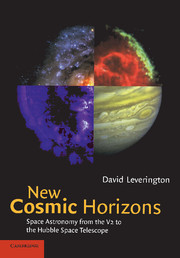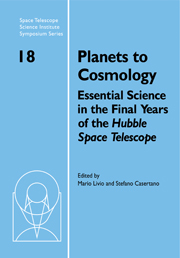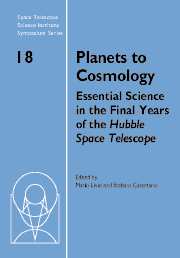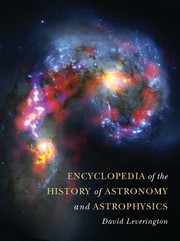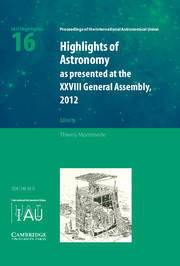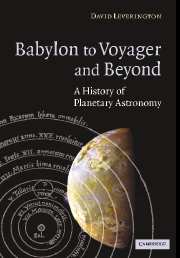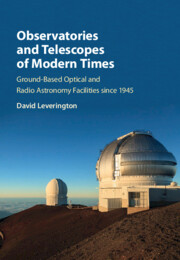New Cosmic Horizons
New Cosmic Horizons tells the extraordinary story of space-based astronomy since the Second World War. Starting with the launch of the V2 rocket in 1946, this book explores the triumphs of space experiments and spacecraft designs and the amazing astronomical results that they have produced. It also examines the fascinating way in which the changing political imperatives of the USA, USSR and Western Europe have modified their space astronomy programmes. This history of astronomy from space is extensively illustrated and unique in its coverage of such a broad range of topics in language accessible to amateur and professional astronomers, and other technically-minded readers. All major astronomy missions of the first fifty years of space research are covered: the Soviet Sputnik and American Explorer projects, the subsequent race to the moon, solar and planetary missions, and the wonders of modern astrophysics culminating in the exciting results of the Hubble Space Telescope.
- Both spacecraft and their results are discussed, as are both the scientific and political aspects of the various space programmes
- European space programme covered as well as that of the USA and Soviet Union/Russia
- Extensive footnotes and glossary allow the book to be read by amateur astronomers and technically minded readers as well as professional astronomers
Reviews & endorsements
'I recommend the book to anyone interested in space astronomy - laypersons, students of astronomy, and professional astronomers.' G. Siegfried Kutter, Nature
'New Cosmic Horizons is a history of how astronomical research has been achieved by space flight, from the first observation of solar X-rays using photographic plates carried on a V2 rocket, to the remarkable Hubble Space Telescope. Easy to read text, supplemented by summary tables (which brought home to me just how many missions failed!), a glossary, appendices and no less than three indexes make this a readily accessible volume which has something for anyone curious about the history or science of astronomy.' Alan Longstaff, Popular Astronomy
'I could easily see this book finding use as an adopted text for an introductory course in a space-science or astronomy-related degree, as it provides a clear and general description of the history of the whole subject … I would recommend New Cosmic Horizons wholeheartedly … Everyone who would like an authoritative history of space astronomy should have this book in their collection.' Martin Barstow, The Observatory
'This book by David Leverington provides a much needed and readable account of how space-age astronomy has developed space over the last 50 years … anyone interested in the broad picture of space-based astronomy will find it a valuable resource.' Neil English, Astronomy Now
'… unique in its coverage of such a broad range of topics in language accessible to amateur and professional astronomers …'. Andreas Verdun, Orion
'I found this book a good read and it brought home the fact that, without the use of spacecraft, we would be limited in what we could hope to understand of our neighbours in the Solar System and beyond.' Astronomy and Space
Product details
February 2001Paperback
9780521658331
520 pages
244 × 170 × 27 mm
0.82kg
126 b/w illus. 15 tables
Available
Table of Contents
- Preface
- 1. The sounding rocket era
- 2. The start of the space race
- 3. Initial exploration of the Solar System
- 4. Lunar exploration
- 5. Mars and Venus: early results
- 6. Mars and Venus: the middle period
- 7. Venus, Mars and cometary spacecraft post-1980
- 8. Early missions to the outer planets
- 9. The Voyager missions to the outer planets
- 10. The Sun
- 11. Early spacecraft observations of non-solar system sources
- 12. A period of rapid growth
- 13. The high energy astronomy observatory programme
- 14. IUE, IRAS and Exosat - spacecraft for the early 1980s
- 15. Hiatus
- 16. Business as usual
- 17. The Hubble Space Telescope.

